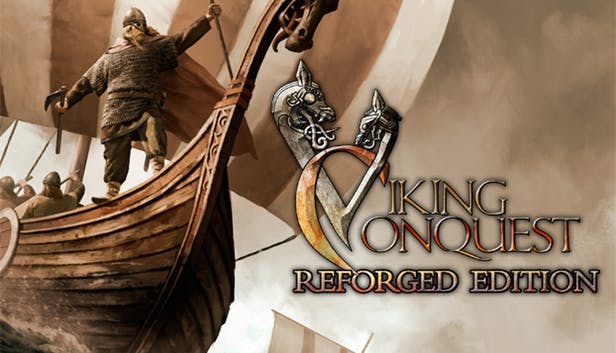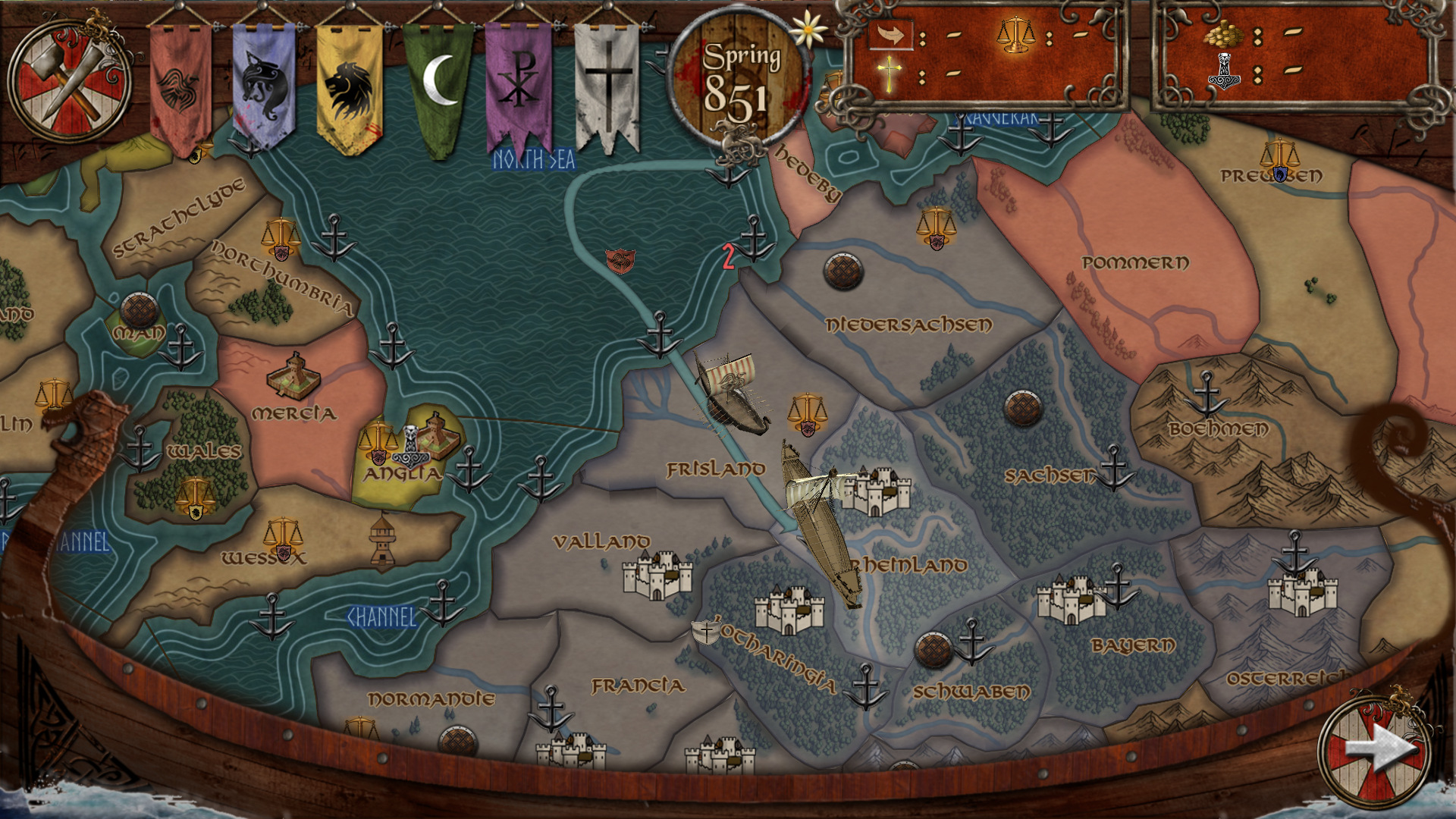
Infrastructure in a sense of not just towns, roads, communications, but social infrastructure, the lack of an idea of obeying the state or obeying the ruler, and a tendency, therefore, to mix private and public interest, and to the benefit of the powerful.

Part of it, however, as you will have read in the Fichtenau reading is its lack of infrastructure and economic development. Part of the problem with the Carolingian Empire is its size. But those empires are able to manage with this weakness for quite some time. We’ve already said that the Abbasid Caliphate has this flaw. So when we say that it has certain flaws, like size, well, we already said that the Roman Empire had this flaw.

The empire of Charlemagne is an empire that does not last that long. It’s not just that we’re compressing lectures or in a hurry. Professor Paul Freedman: So we’re going to talk today, now, about Carolingian decline. What were Charlemagne’s views on education?Ĭharlemagne supported education by establishing schools and promoting literacy throughout his kingdom.The Early Middle Ages, 284–1000 HIST 210 - Lecture 21 - Crisis of the CarolingiansĬhapter 1: End of Charlemagne’s Rule In 772, when Pope Adrian I was threatened by invaders, the king rushed to Rome to provide assistance. The Frankish king Charlemagne was a devout Catholic and maintained a close relationship with the papacy throughout his life. He founded the Holy Roman Empire, stimulated European economic and political life, and fostered the cultural revival known as the Carolingian Renaissance. Who is Charlemagne and what did he do?Ĭharlemagne (742-814), or Charles the Great, was king of the Franks, 768-814, and emperor of the West, 800-814.

Charlemagne expanded the reform program of the church, including strengthening the church’s power structure, advancing the skill and moral quality of the clergy, standardizing liturgical practices, improving on the basic tenets of the faith and moral, and rooting out paganism.


 0 kommentar(er)
0 kommentar(er)
